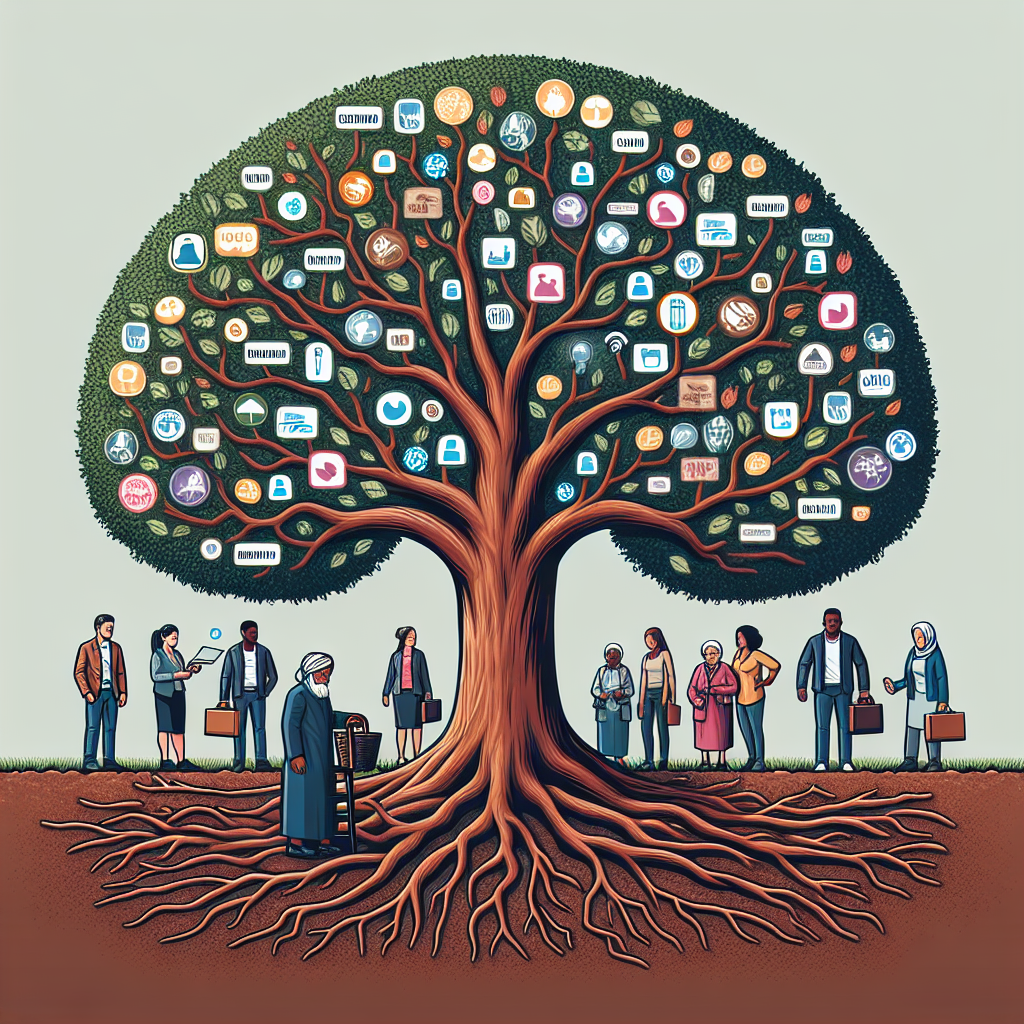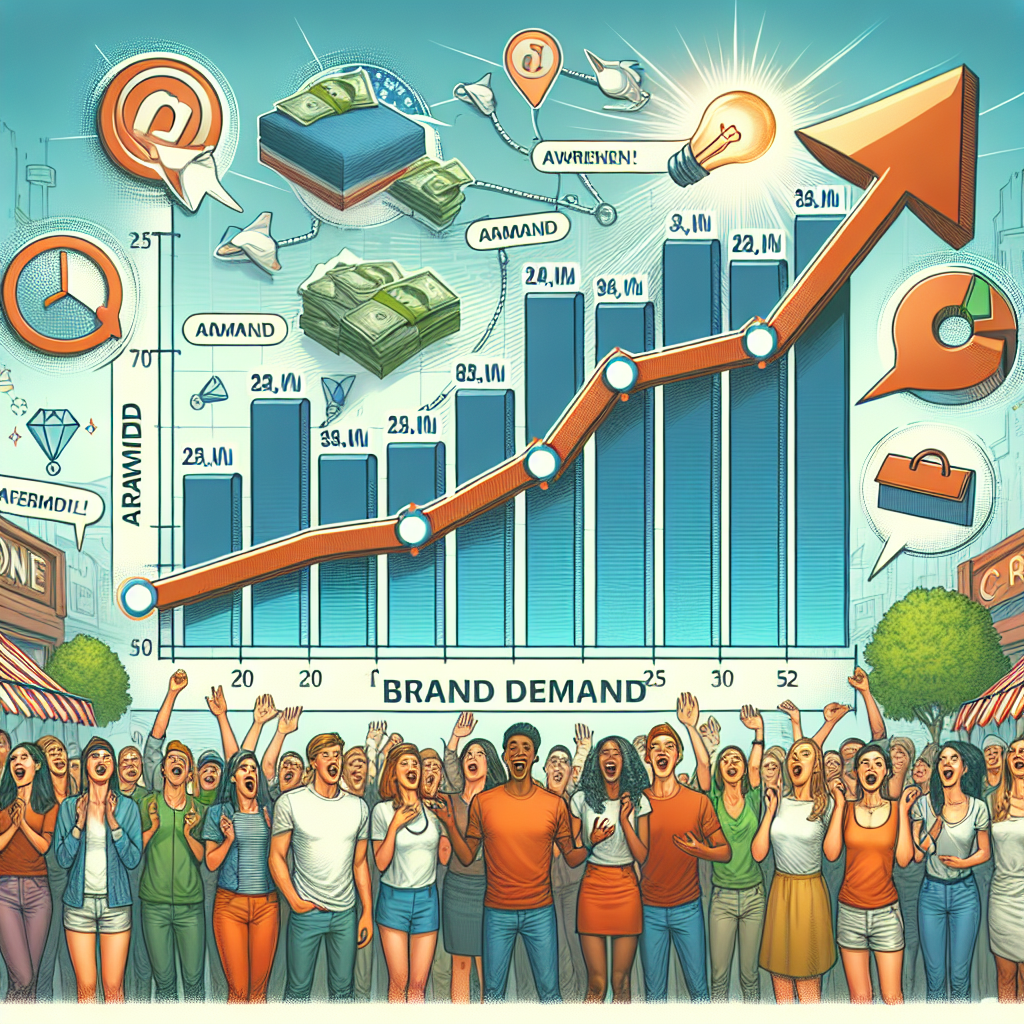-
Table of Contents
- How to Create Brand Demand, Not Just Awareness
- Awareness Is a Vanity Metric. Demand Is the Business Driver.
- Why Awareness Alone Is a Dangerous Game
- The Demand-First Brand Framework
- 1. Nail the Emotional Trigger
- 2. Build a Category Narrative
- 3. Align Brand with Pipeline
- 4. Create Content That Sells, Not Just Educates
- Case Study: How Gong Created Demand, Not Just Awareness
- Stop Measuring Eyeballs. Start Measuring Action.
- Truth Bomb
- Next Steps: How to Build a Demand-First Brand Strategy
- Conclusion: Be the Brand They Chase
- Related Resources
How to Create Brand Demand, Not Just Awareness

Most marketers are still chasing awareness like it’s 2010. But awareness without demand is just noise. In this article, we’ll unpack how to create brand demand that drives pipeline, not just impressions. Because let’s face it—your CFO doesn’t care how many people saw your logo. They care about how many people bought because of it.
Awareness Is a Vanity Metric. Demand Is the Business Driver.
Let’s start with a truth bomb: “If your brand is famous but no one’s buying, you’re not a marketer—you’re a PR intern with a budget.”
Too many marketing teams are still measuring success by impressions, reach, and social shares. That’s like measuring a restaurant’s success by how many people walk past the window. Cute, but useless.
Creating brand demand means building a brand that not only gets noticed but gets chosen. It’s about being the first name in the buyer’s head when they’re ready to spend. And that takes more than a clever tagline or a viral video (oops, we said it).
Why Awareness Alone Is a Dangerous Game
Here’s the problem with awareness: it’s passive. It doesn’t ask anything of the audience. It doesn’t move them. It doesn’t convert.
- Awareness doesn’t equal intent.
- Awareness doesn’t build trust.
- Awareness doesn’t differentiate.
And in a world where buyers are overwhelmed with options, being known isn’t enough. You have to be wanted.
The Demand-First Brand Framework
So how do you create brand demand, not just awareness? Here’s a framework that works:
1. Nail the Emotional Trigger
People don’t buy products. They buy better versions of themselves. Your brand needs to tap into a core emotional driver—status, security, belonging, control—and make that the center of your messaging.
Example: Apple doesn’t sell phones. They sell the feeling of being ahead of the curve. That’s demand, not just awareness.
2. Build a Category Narrative
If you’re not defining the category, you’re just another player in someone else’s game. Demand is created when you own the conversation.
- Coin a term. (Think: “Revenue Operations” or “Product-Led Growth”)
- Frame the problem in a new way.
- Position your brand as the inevitable solution.
Category creation isn’t just for unicorns. It’s for any brand that wants to lead, not follow.
3. Align Brand with Pipeline
This is where most CMOs drop the ball. They treat brand and demand as separate functions. But the best brands are built to convert.
- Use brand campaigns to warm up cold audiences.
- Retarget brand-aware users with high-intent offers.
- Measure brand lift in terms of pipeline velocity, not just recall.
Brand should be your demand engine’s ignition switch.
4. Create Content That Sells, Not Just Educates
Thoughtful content is great. But if it doesn’t move the buyer closer to a decision, it’s just a blog post with a nice font.
- Use case studies that show transformation, not just results.
- Tell stories where your customer is the hero, not your product.
- Include CTAs that feel like value, not sales pitches.
Content should be a bridge to conversion, not a cul-de-sac of information.
Case Study: How Gong Created Demand, Not Just Awareness
Gong didn’t just make noise—they made a movement. They didn’t just say “we’re a sales tool.” They said, “you’re selling wrong, and here’s the data to prove it.”
They created a new category (Revenue Intelligence), built a cult-like following, and aligned every piece of content with a clear buyer pain point. That’s how you create brand demand.
Stop Measuring Eyeballs. Start Measuring Action.
Here’s a radical idea: what if your brand campaigns were judged by how many meetings they booked, not how many likes they got?
That’s the shift from awareness to demand. It’s not about being seen—it’s about being sought after.
Truth Bomb
“Awareness is what happens when you show up. Demand is what happens when they show up for you.”
Next Steps: How to Build a Demand-First Brand Strategy
- Audit your current brand campaigns. Are they driving pipeline or just pageviews?
- Interview your best customers. What made them choose you?
- Rebuild your messaging around emotional triggers and category leadership.
- Align your brand and demand teams under one revenue goal.
- Track brand impact using metrics that matter: pipeline, conversion rate, sales velocity.
Conclusion: Be the Brand They Chase
In a world drowning in content, impressions, and noise, the brands that win are the ones that create demand. Not by shouting louder, but by speaking clearer. Not by being everywhere, but by being essential.
So stop chasing awareness like it’s a trophy. Start building demand like it’s your job—because it is.
Mark Gabrielli
Founder, MarkCMO
[email protected]
www.linkedin.com/in/marklgabrielli
Related Resources
- <a href="https://www.gartner.com/en/marketing/insights" target


Leave a Reply